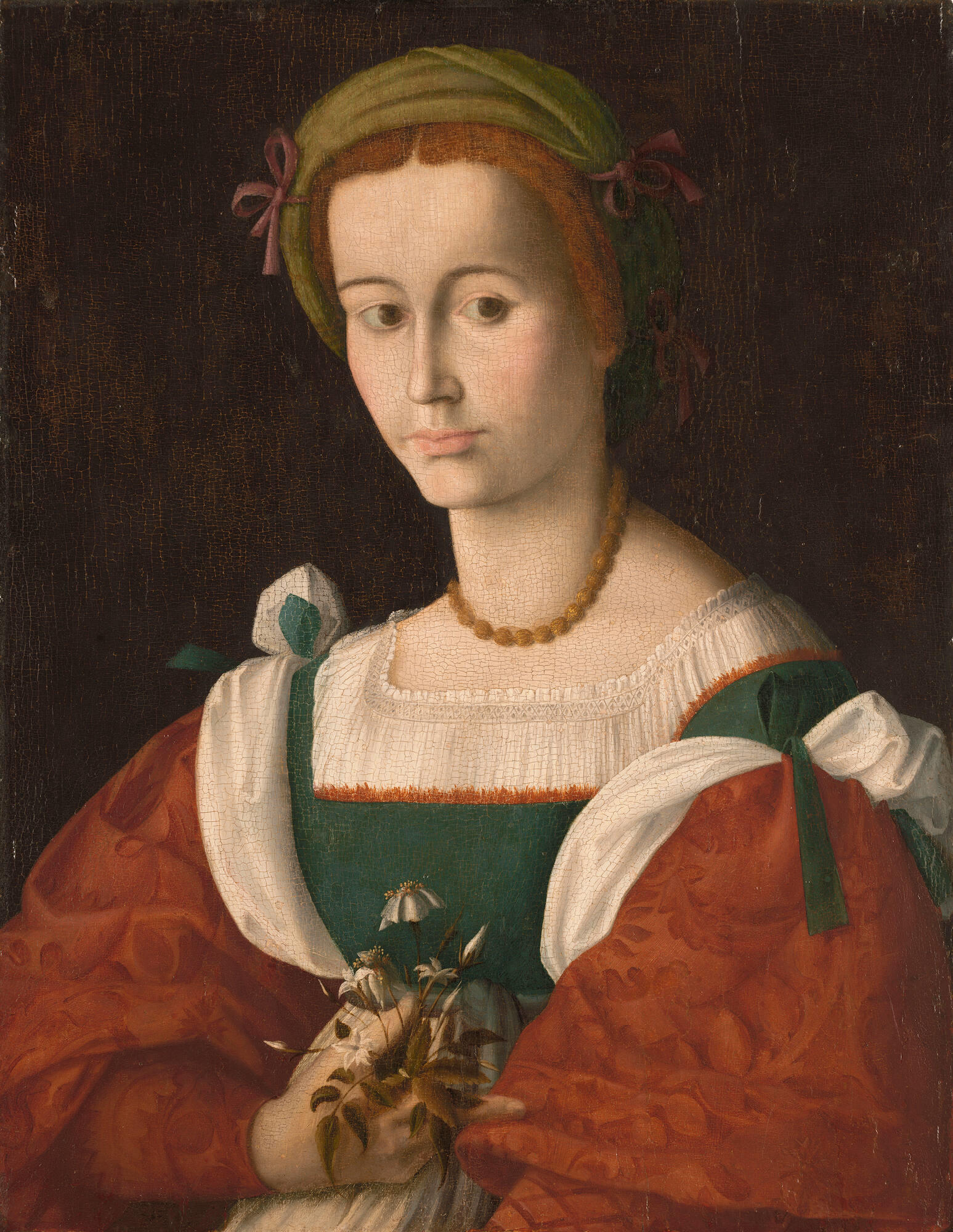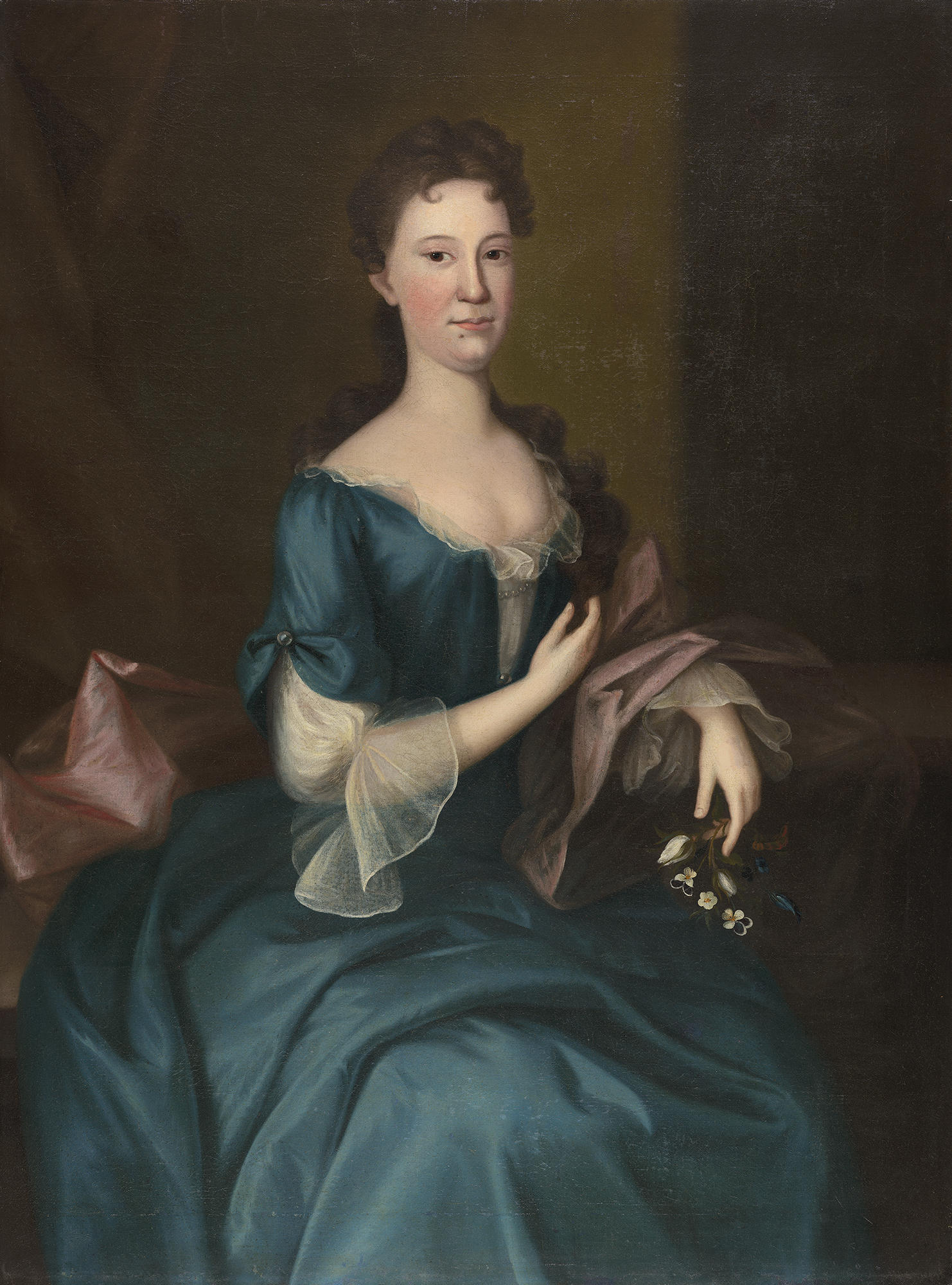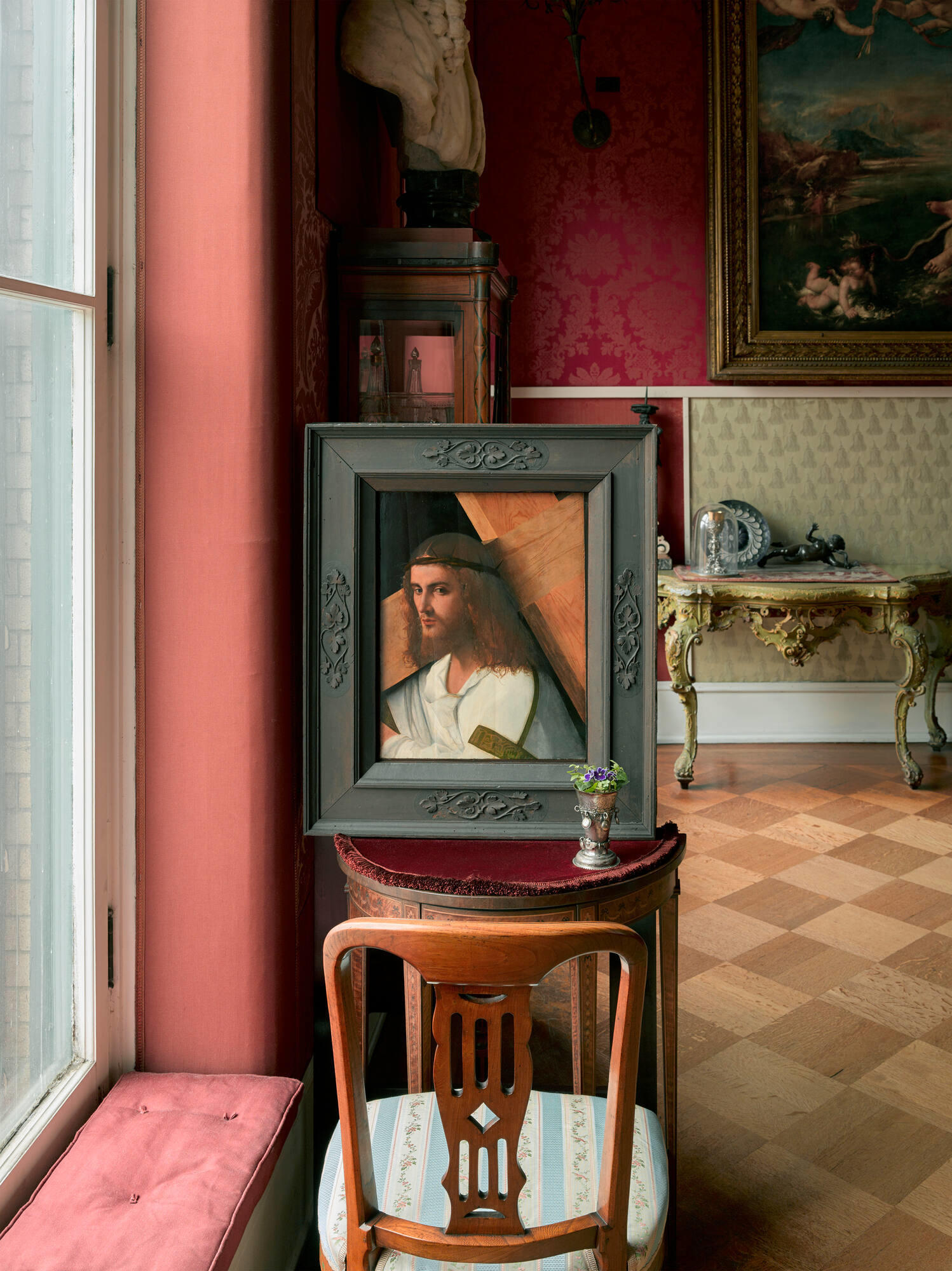The Isabella Stewart Gardner Museum is a sanctuary that speaks to everyone differently. Within each work of art, collected and thoughtfully curated by Isabella herself, lies a story. While some stories are based in fact and others in myth, others still are secrets whose creators left us only clues, symbols, and an invitation to interpret the works for ourselves. So often these symbols are of the natural world. Every room of Isabella’s palace is bejeweled with botanical imagery.
Artisans have used floral symbolism since the dawn of recorded history. The sentiments assigned to botanical species derive from mythology, religion, legend, and literature. While plants hold different meanings in different regions, patterns of consensus have emerged over time, particularly when the symbolism reflects features of the plant itself. Because the violet grows low to the ground with its head bowed, it is entwined with modesty. The violet is also an emblem of love and faithfulness. Isabella was likely familiar with these connotations given that the Victorian language of flowers was ubiquitous during her time.

Isabella Stewart Gardner Museum, Boston (P15e13). See it in the Early Italian Room.
Bacchiacca (Italian, 1494–1557), A Lady with a Nosegay, about 1525. Oil on linden panel, 57 x 43.8 cm (22 7/16 x 17 1/4 in.)
The Language of Flowers
The language of flowers—also known as floriography—is a custom of covert communication through flower arrangements. Floral dictionaries flush with allusions allow those in the know to exchange clandestine messages through “talking bouquets” called nosegays. Fashionable throughout 19th century England, France, and North America, floriography created a safe channel for romantic expression inside a restrictive Victorian society. While its roots are ascribed to Ottoman Turkey, the practice of floriography has enriched traditional cultures of Asia, Africa, and Europe for thousands of years.

Missouri Botanical Garden, Peter H. Raven Library. https://www.biodiversitylibrary.org/page/36442256
Désiré Georges Jean Marie Bois (French, 1856–1946), Illustration of Parma Violet (Viola odorata—var. parmensis) from Edward Step’s Favourite Flowers of Garden and Greenhouse, Plate 32, London, 1896.
Queer Symbolism
Many crowns of violets, roses and crocuses…together you set before me and many scented wreaths made from blossoms around your soft throat…with pure, sweet oil…you anointed me, and on a soft, gentle bed…you quenched your desire…
— SAPPHO
Native to the woods of the Northern Hemisphere, the violet has been symbolic of romantic love between women since Ancient Greece. The great Archaic Greek lyric poet Sappho from the island of Lesbos often referenced garlands of violets in her ardent homoerotic poetry. Although much of her work has been lost, censored, or destroyed, her poetry left a lasting impression. The English words “sapphic” and “lesbian” originate from her name and island home. The species name of the common blue violet (Viola sororia) derives from the Latin word “soror” meaning sister.

Isabella Stewart Gardner Museum, Boston (P17w31). See it in the Short Gallery.
Joseph Blackburn (English, about 1730–about 1778), A Lady of the Russell Family, 1754–1764. Oil on canvas, 123 x 93 cm (48 7/16 x 36 5/8 in.)
The wild pansy (Viola tricolor)—the flower of Cupid’s love potion in Roman mythology—has also come to symbolize queerness. The term “pansy” was historically weaponized to debase effete and gay men. Yet during the Pansy Craze of the 1920s–1930s, the word began to be reclaimed and disarmed. During Prohibition in New York and other major cities, gay-owned bars, cabarets, and speakeasies featured drag queens known as “pansy performers.” This overt celebration of queerness was likened to vaudeville and embraced by both gay and straight audiences until police raids of the Great Depression pushed the art form underground. Today, the LGBTQ+ community continues to reclaim the term “pansy” through initiatives such as The Pansy Project by artist Paul Harfleet which plants pansies at sites of homophobic and transphobic abuse. During the summer of 2024, Gardner Museum visitors will find pansies, violets, and lavender in the Courtyard—our own version of “talking bouquets'' of queer identities.

Missouri Botanical Garden, Peter H. Raven Library. https://www.biodiversitylibrary.org/page/36442259
Désiré Georges Jean Marie Bois (French, 1856–1946), Illustration of Pansy (Viola tricolor—var. maxima) from Edward Step’s Favourite Flowers of Garden and Greenhouse, Plate 33, London, 1896.
The First Valentine
There are a number of other flowers that represent queer love such as lavender, Oscar Wilde’s green carnation, and the rose in Japan. While the red rose is today considered the quintessential flower of Valentine’s Day, it was the woodland violet with its heart-shaped leaves that originally held this distinction. According to legend, St. Valentine of Rome—imprisoned in the 3rd century for ministering to Christians—used ink made from crushed violets to write a letter to his jailer’s daughter the night before his execution on February 14. He signed the romantic note “Your Valentine.”

Boston Herald Traveler Photo Morgue, Boston Public Library
Isabella Stewart Gardner, about 1910, holding a bouquet of violets
Violets and Isabella
The belle among the married women was decidedly Mrs. Jack Gardner who was exquisitely attired in primrose satin, and silver dotted tulle. She wore her pearls and diamonds...and a huge bouquet of Russian violets from her own conservatory.
— TOWN TOPICS, MYOPIA HUNT CLUB BALL, 1888
The fashionable violet was Isabella’s favorite flower. The Gardners grew Russian and Parma varieties of violets in their greenhouses at Green Hill in Brookline, Massachusetts. In the Museum’s Titian Room, Isabella began the tradition of placing fresh flowers—often violets during her time—in a Norwegian silver cup before her favorite painting: Christ Carrying the Cross by the circle of Giovanni Bellini. Perhaps Isabella knew of the medieval legend that violets grew on Mount Calvary surrounding the cross on which Jesus was crucified. When the shadow of the cross reached the violets, they bowed their heads in shame at what mankind had done.

Isabella Stewart Gardner Museum, Boston. Photo: Sean Dungan
The Titian Room, with the silver Norwegian beaker that traditionally holds violets in front of the Circle of Giovanni Bellini’s Christ Carrying the Cross
The Gardner Museum, Isabella’s masterpiece, is alive with botanical imagery. The palace holds myriad works that invoke the beauty of the natural world. The rooms of the palace look out upon the absolute stage—the Courtyard—designed to display the inspiration for everything else. Gardner Museum horticulturists, the resident artists of the space, create and nurture botanical Courtyard installations and cultivate our living collection from the Museum’s nursery with passion and reverence. As streams of sunlight fall upon the Courtyard’s show of life, everything feels clear. Nature is art and love is love.